Dark tourism: Why it's okay to visit disaster zones on holiday
It’s 30 years since the Chernobyl meltdown, and tours to the exclusion zone are doing good business. Are travellers paying their respects, or is this just rubber-necking?
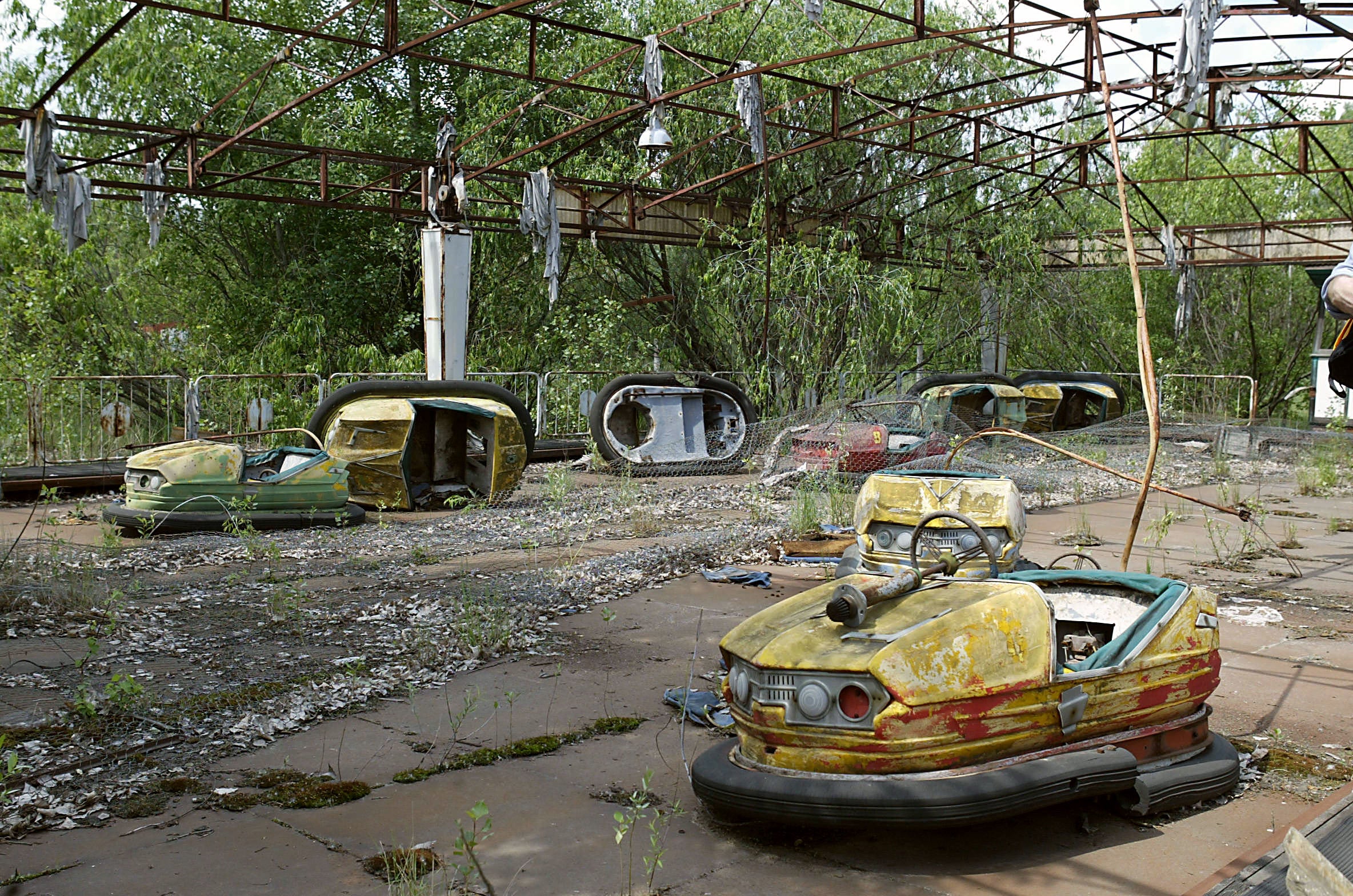
Your support helps us to tell the story
This election is still a dead heat, according to most polls. In a fight with such wafer-thin margins, we need reporters on the ground talking to the people Trump and Harris are courting. Your support allows us to keep sending journalists to the story.
The Independent is trusted by 27 million Americans from across the entire political spectrum every month. Unlike many other quality news outlets, we choose not to lock you out of our reporting and analysis with paywalls. But quality journalism must still be paid for.
Help us keep bring these critical stories to light. Your support makes all the difference.
“Why would I be bothered about history? It’s just old stuff.”
One of the stupidest things I’ve ever heard anyone say. At least that someone was a comfortably distant relative.
But it’s also an excellent starting point from which to begin arguing about so called “disaster tourism”. Because I would suggest being interested in history is fairly essential: how can you learn from past mistakes if you don’t know about them?
Perhaps that umpteenth-cousin-various-times-removed of mine had had his noggin blunted by too many hours slogging through text books in stuffy classrooms – which I can roundly sympathise with. And perhaps that’s another reason why disaster tourism, or “dark tourism,” isn’t quite as unpalatable as it sounds. What’s more likely to make a profound impact; fire you up to care about big things? Someone telling you how terrible the Cambodian genocide was, or seeing the bones of murdered victims peeking through the soil for yourself?
Do we always learn our lesson? Demonstrably no. But isn’t it important to try?
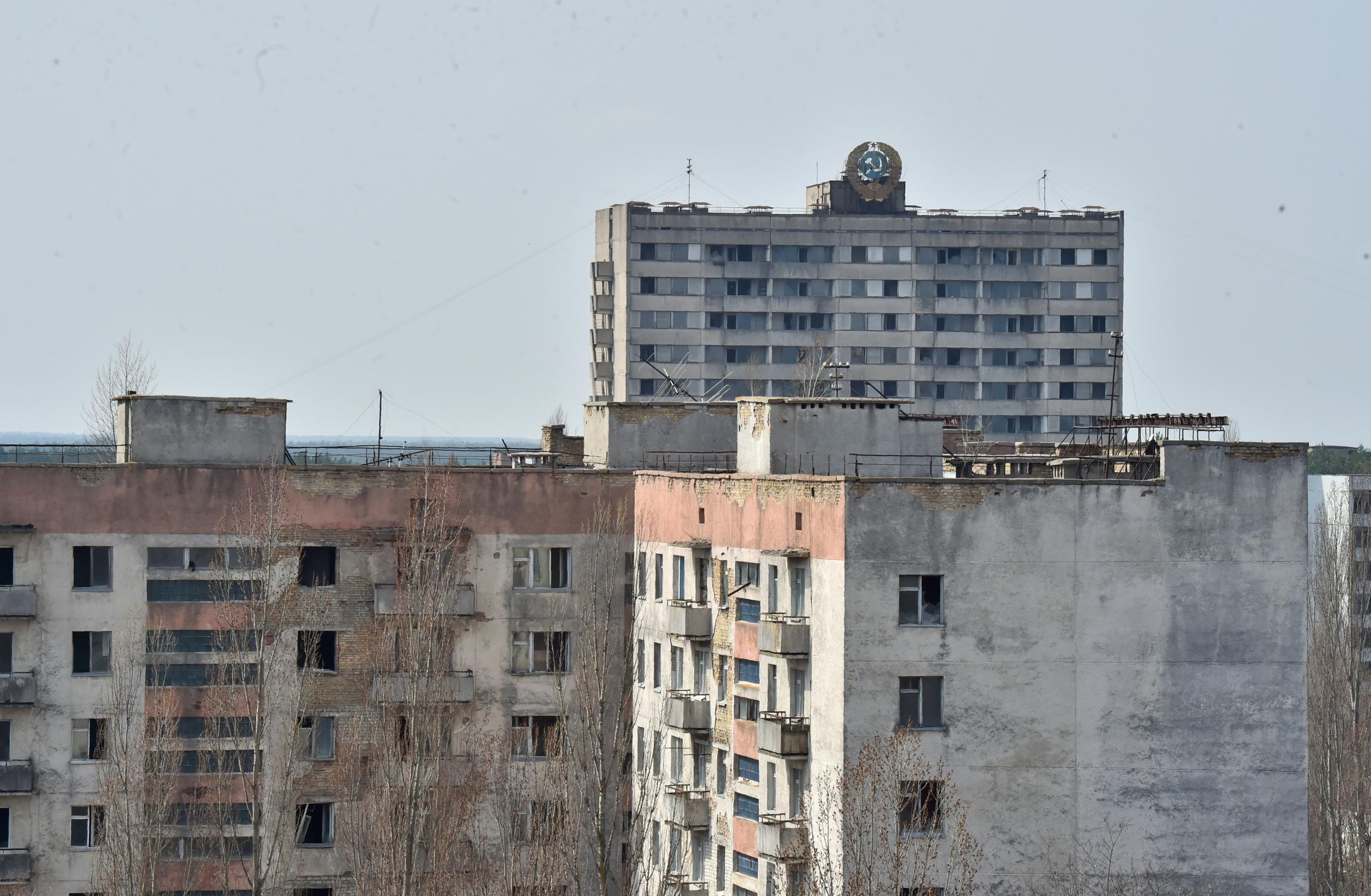
In a year that marks the 30th anniversary of the Chernobyl disaster, the appetite for disaster tourism shows no signs of abating. Unofficial tours of the Fukushima exclusion zone are said to be attracting tens of thousands of visitors, while last year Grayline said its Hurricane Katrina bus tour is a best-seller.
But obviously “disaster tourism” needs some rules. Because what we’re absolutely not condoning is “disaster rubber-necking”, or playing Pokemon Go at a Holocaust Museum. As a previous article from The Independent posited, there is a marked difference between confronting and trivialising a tragedy.
And it’s probably not just the attitude you take into disaster tourism that defines it, but the timing, too. You probably wouldn’t call visiting Pompeii a callous move, even though it’s where an entire city and its residents were swallowed by a volcanic eruption in AD 79. But peeking into the houses of Katrina survivors still living with the trauma of what they’ve endured? That lacks sensitivity in a situation that still requires it.
You should also probably ask yourself who is profiting from your visit.
So, yes, where to draw the line with disaster tourism is and always will be contentious. But perhaps if we talk about the right way to do it, fewer people will treat it wrong-headedly. Here, we try to decide the rights and wrongs of some of the world’s biggest dark tourism sites.
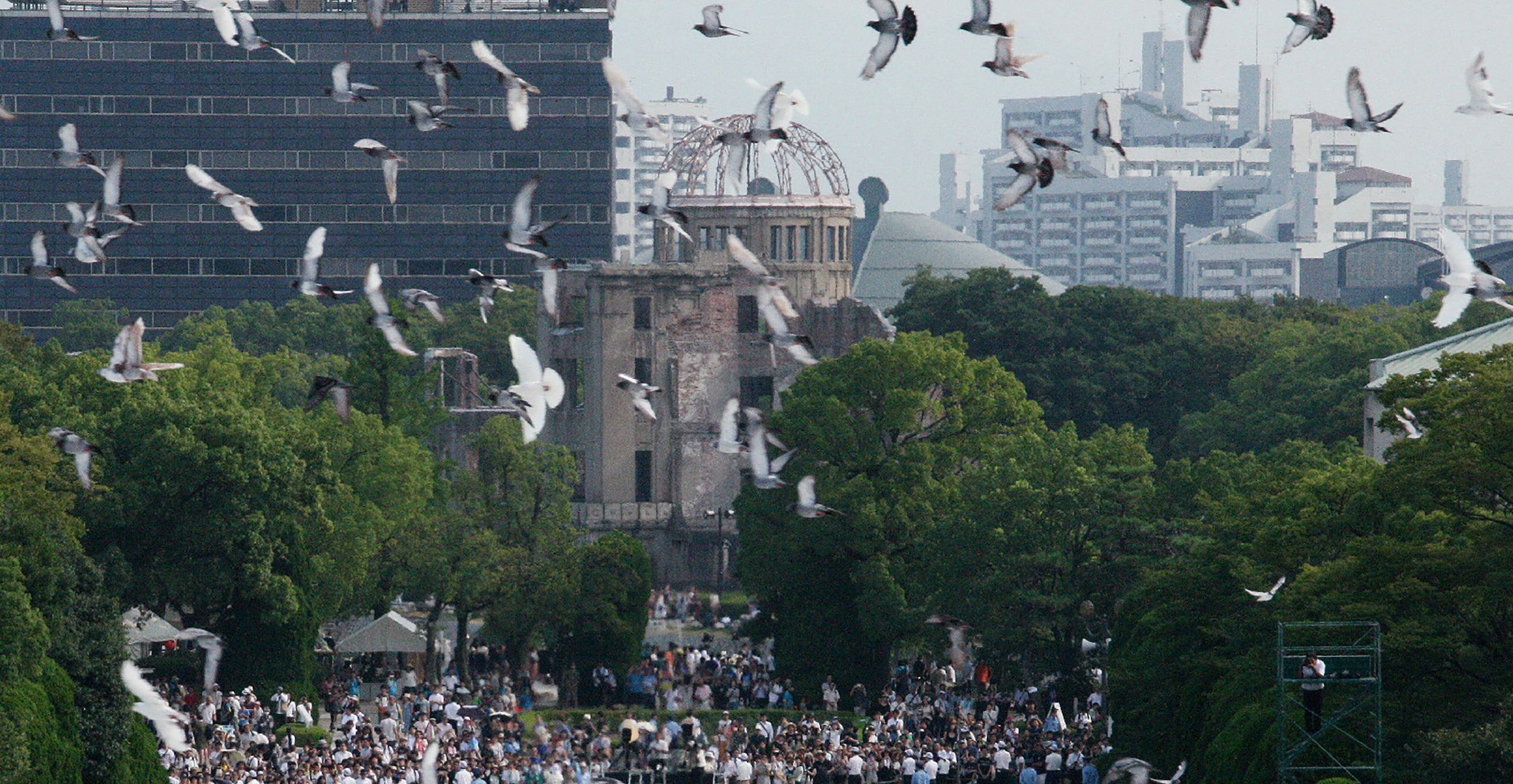
Is it okay to go to… Hiroshima, Japan?
Yes. Visiting modern-day Hiroshima is far from a ghoulish experience. Not an eerie ghost town, but a pleasantly busy city filled with leafy boulevards and buzzy restaurants, it’s a fine example of moving on from a traumatic past without forgetting it. The central Peace Memorial Park is something of a quiet protest against nuclear weaponry – the Peace Flame, which has burned since 1964, will only be extinguished when all the world’s nuclear weapons have been destroyed. Here, people pay their respects at cenotaphs and monuments in serene, sculpted gardens, while the neighbouring Hall of Remembrance offers a panorama of the city’s destruction created from 140,000 tiles – each tile representing a death. The starkest reminder, however, is the Genbaku Dome, the shell of a building miraculously left standing at the hypocentre of the atomic bomb explosion – which unloaded the equivalent of 15,000 tonnes of TNT over a small, built-up civilian area 71 years ago. The Dome’s tattered shell stands as a symbol of what the Japanese government has vowed it’ll never allow to be repeated.
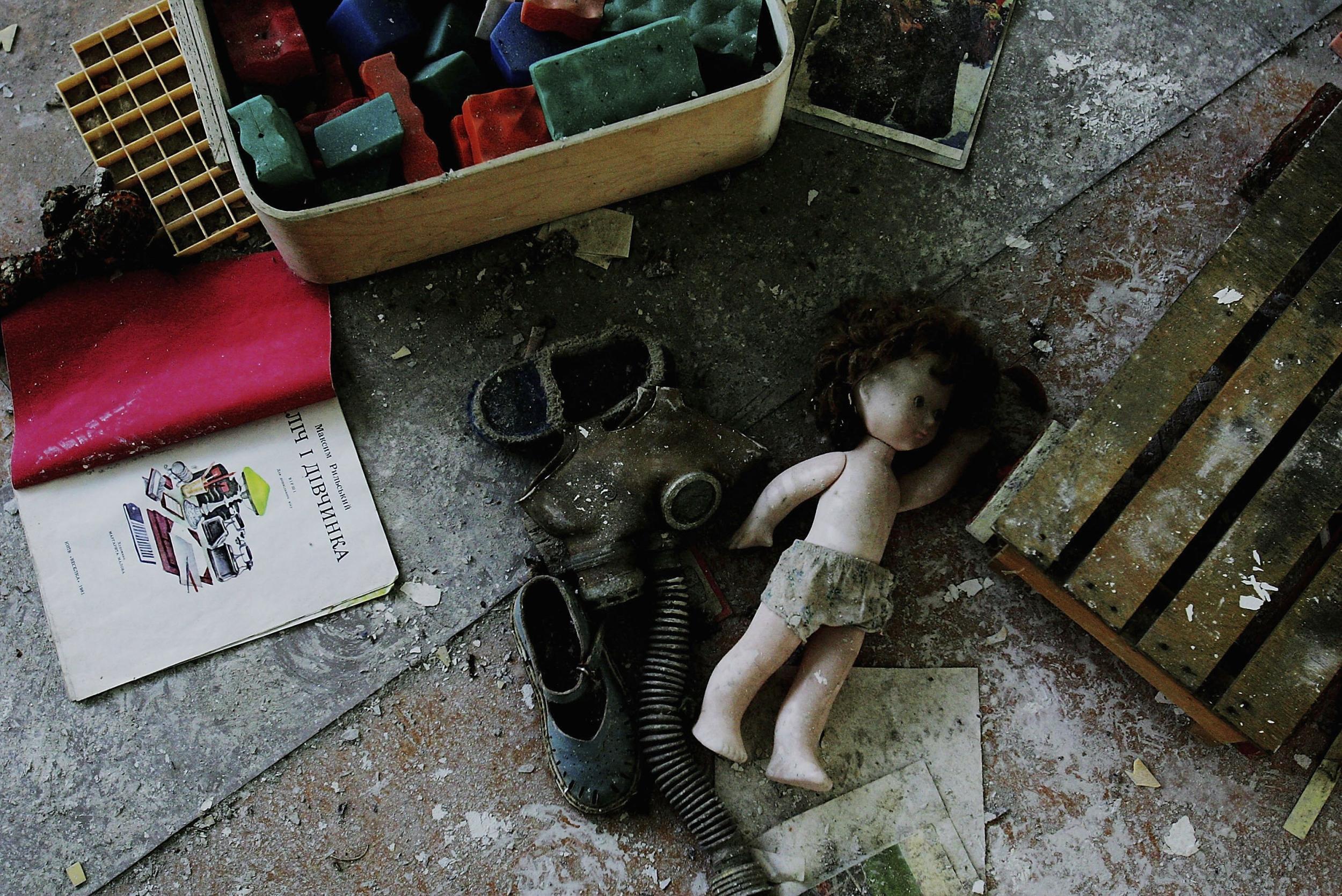
Is it okay to go to… Chernobyl, Ukraine?
Probably not. The meltdown at the Chernobyl Nuclear Power Plant in 1986 is considered the worst nuclear accident in history, leaking at least 100 times more radiation than the atom bombs dropped in Japan 41 years before. The tenor of tours here doesn’t always come off respectful – Lupine Tours, for example, offers the chance to stay at a hotel in Chernobyl, especially constructed for tourists, so they can “gaze out at the deadness of the area”. Their itinerary includes heading into long-abandoned Prypyat, the town built for the plant’s workers and their families, to see a ruined fairground and the empty school’s “half-marked registers” before “being served a three-course lunch”. But even if that’s just unfortunate phrasing, and you’re visiting more with empathy in mind than your Instagram feed, there remains cause for pause: while tour companies insist it’s safe to visit, the long-term effects of the radiation leak are still being investigated, and officials have suggested the area will not be inhabitable for thousands of years.
Is it okay to go to… The Killing Fields, Cambodia?
Yes. It’s harrowing. But a stop at The Killing Fields at Choeung Ek, just outside of the capital of Phnom Penh, is a small yet important gesture at trying to understand the enormity of Pol Pot’s genocide, which killed off about 25 per cent of Cambodia’s population. The areas comprising The Killing Fields are where more than a million civilians were murdered and buried between 1975 and 1979, and yes, you will see the real skulls, bones and tattered clothes of the victims. Refrain from taking photos and coming here resists tipping into unsavoury territory; it should be more about trying to get your head around what the Cambodian people are still trying to recover from.
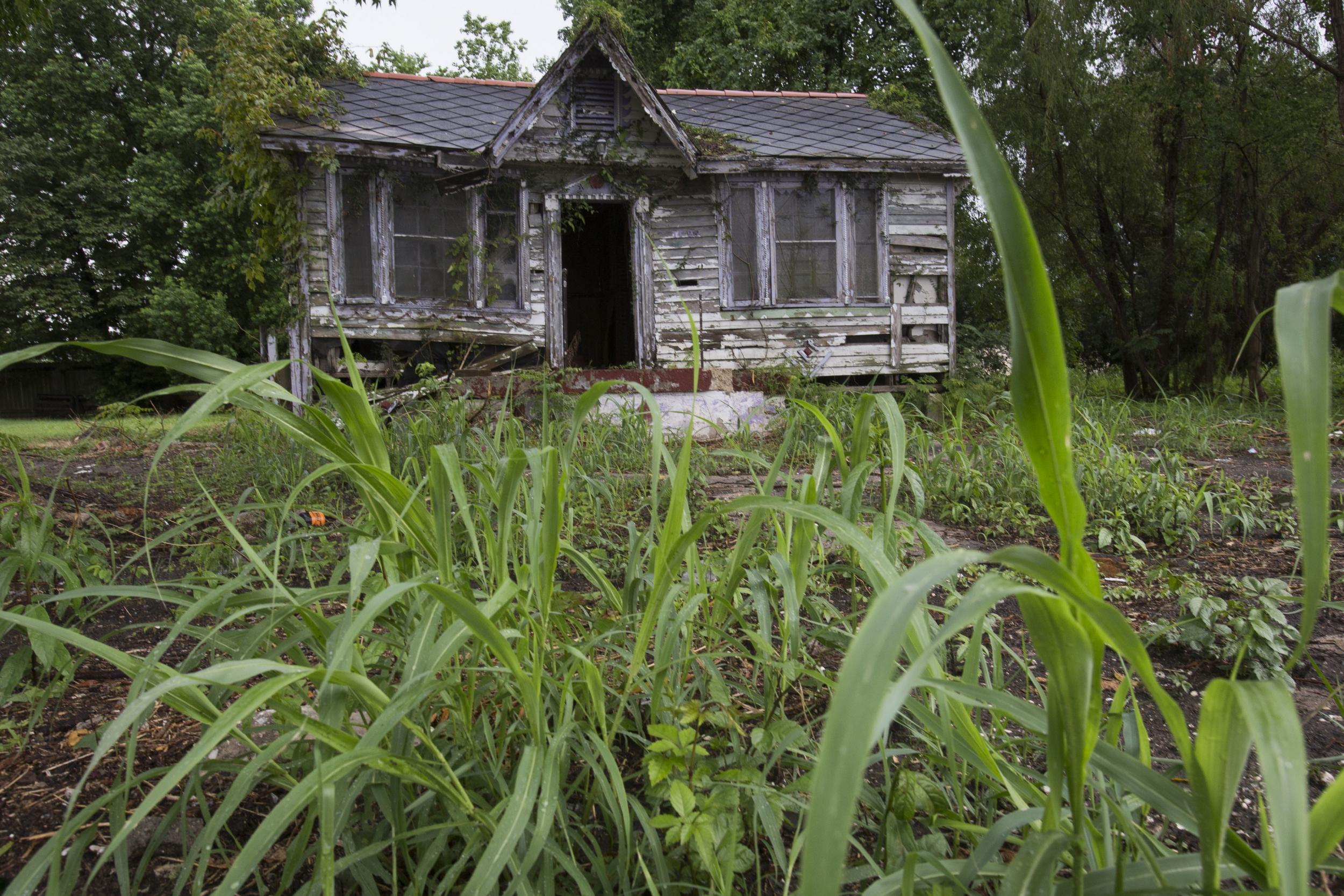
Is it okay to go to… The Lower Ninth Ward, New Orleans?
Sort of. The Lower Ninth Ward suffered catastrophic flooding during and after Hurricane Katrina, and remains a scene of desolation, its abandoned homes and empty lots embodying the tragedy still lingering here. Hurricane Katrina bus tours have been widely derided for intruding on the privacy of people still struggling to cope with the 2005 storm’s aftermath, though a few Ninth Ward residents have countered that keeping their stories alive has turned some tourists into charitable donors and volunteers. It’s for this reason there seems at least some merit in exploring what Katrina did to New Orleans – better we see the continuing effects than turn a blind eye, right? But doing so sensitively here is key, and probably why you ought to avoid an intrusive bus tour. Why not try a self-guided walk instead?
Is it okay to go to… Ground Zero, Manhattan?
Yes. The 9/11 Memorial Museum opened 13 years after the attacks on the World Trade Centre. Seeing as we probably all watched the disaster itself unfold on television, you might think it unnecessary to relive those moments, but maybe that’s exactly why the museum makes sense. A visit here forces confrontation of the human realities behind video footage so well-known that it almost plays like a Hollywood movie, too unreal to believe. But please, for the sake of decency, don’t take a selfie.
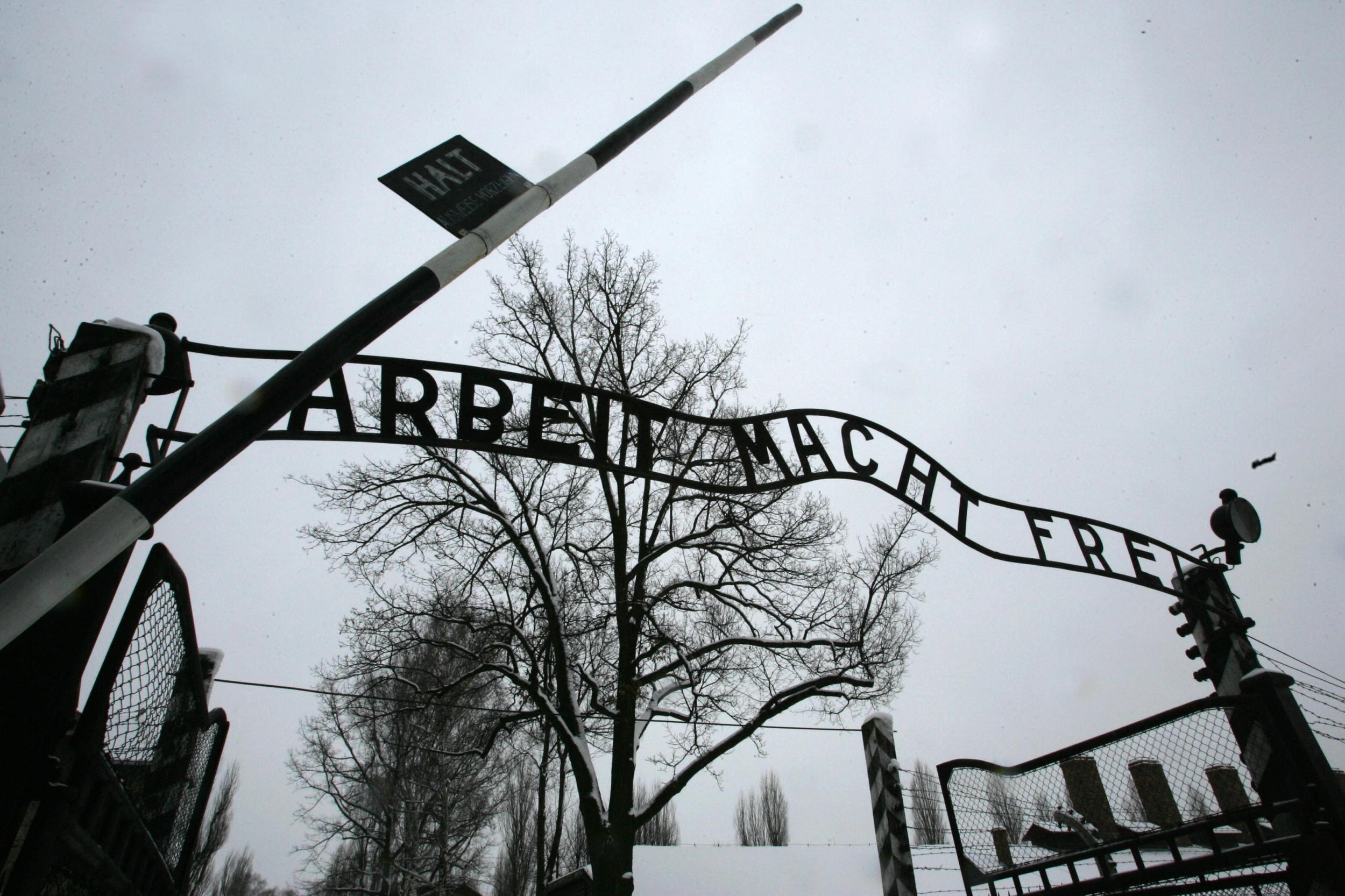
Is it okay to go to… Auschwitz, Poland?
Yes. Like we said, if we’re going to try and learn from history, we have to face it. Auschwitz was the largest of the Nazis’ concentration camps and is believed to be the site of the largest mass murder in a single location in human history. The Auschwitz-Birkenau State Museum is devoted to the memory of the victims and, upsetting as a visit here undoubtedly is, deserves your attention. Given that it is a major tourist destination, not every one of the many tourists who come here treats it as they should; Pokemon Go aside, TripAdvisor has hosted some jaw-dropping reviews, such as: “Nothing shocked me, other than the pile of human hair.” It’s not entertainment, shocking or otherwise. But you could say it’s necessary.
Join our commenting forum
Join thought-provoking conversations, follow other Independent readers and see their replies
Comments